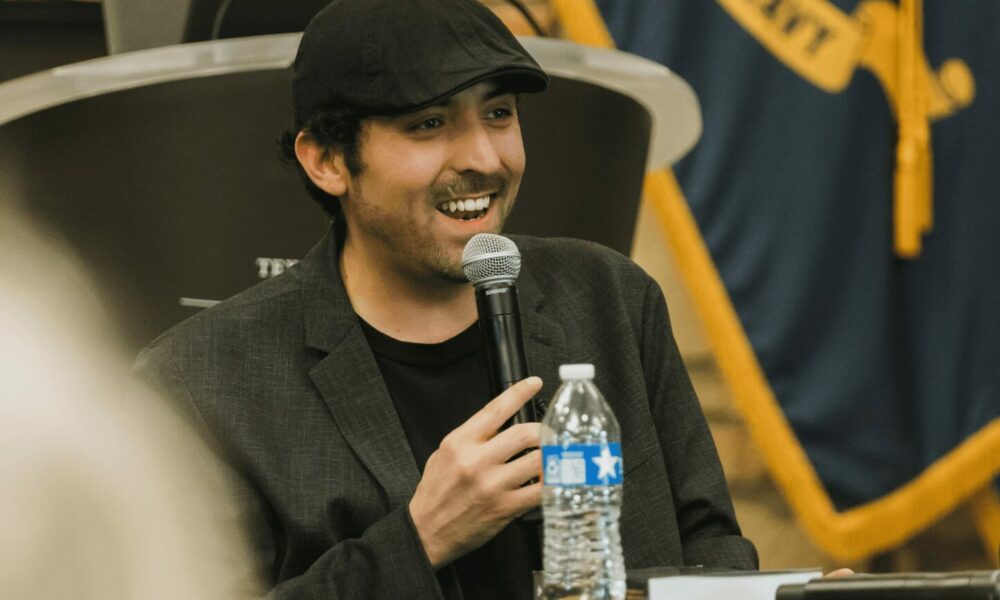

Today we’d like to introduce you to Seres Jaime Magaña.
Hi, Seres Jaime; we’re thrilled to have a chance to learn your story today. So, before we get into specifics, let’s briefly walk us through how you got to where you are today.
It all started when I fell in love with stories. Stories in movies, books, and comic books, stories told by friends, family members, teachers, and people you meet, the stories that come from your own experiences, and the stories that spring suddenly from your heart and imagination. As a kid, I enjoyed acting out stories, often re-enacting or creating my version of movies and things I read. That’s what made writing my adaptation of Shakespeare’s and Juliet”, titled” The Tragic Corrido of Romeo and Lup”, such a fun and exciting project! The Tragic Corrido of Romeo and Lupe is set in an alternate history, in the Republic of Texas, around the 1940s. The story unfolds in The Rio Grande Valley, where Romeo’s parents, owners of irrigation companies, are displacing families from their lands. This sparks protests from the local community, including Lupe’s cousins. Against this backdrop of unrest, Romeo and Lupe meet and fall in love. The Tragic Corrido was first performed at the Pharr Community Theater in 2018 under the direction of Pedro Garcia, artistic director of PCT. In 2023, the play also received a public reading by West Texas A&M University students at Palo Duro Canyon Amphitheater. Working as an Assistant Director during the production of The Tragic Corrido also marked my debut as a community theater director, and I’ve staged over a dozen plays ever since. The Tragic Corrido is featured in The Bard in The Borderlands: An Anthology of Shakespeare Appropriations En La Frontera Vol 1, edited by Katherine Gillen, Adrianna M. Santos, and Kathryn Vomero Santos.
We all face challenges, but looking back, would you describe it as a relatively smooth road?
Introducing new ideas can be challenging. I’ve been asked,” Why adapt Shakespeare?” but stories are also conversations, and when writing my adaptation, I got to reply in my own words to the words in Romeo and Juliet. Shakespeare may have done something similar when writing some of his plays, as many of his works were also retellings of other stories. Being a director and a writer is a challenging career. Choosing what to write and direct is not always easy, and there are many things to consider regarding finances, time, and audience. One of the biggest obstacles is facing an audience that doesn’t-that doesn’t relate the potential of community art to mainstream work. So, community artists are just starting to need help finding pay or captivating an audience and often have to steer through trends. Navigating this terrain has required resilience and unwavering belief in the value of my craft. The quest to balance artistic integrity and commercial validation is a tightrope walk. By celebrating great classics like Shakespeare, we bring light to not only that which resonates with us but also to what transcends. Throughout my experience, I’ve learned that being creative and keeping an open mind are the best ways to find the next step.
Thanks for sharing that. So, tell us more about your work next.
The Tragic Corrido of Romeo and Lupe features code-switching to authentically portray the diverse linguistic and cultural context of the RGV. The script is written in a free verse poetry style, leveraging vivid imagery and rhythm. My work celebrates cultural hybridity in the borderlands, weaving my experiences as a Mexican Immigrant, my love for classic literature, and the history of the RGV. The plays I stage are often set in the same direction. I am paying homage to heritage and discussing cultural values. I am currently excited to start work on staging a reading of ”Cempoalxochit” by Mayra Lerma for the South Texas Latinx New Play Festival happening June 28-29 at South Texas College.
Alright, before we go, can you talk to us a bit about how people can work, collaborate, or support you?
As a freelance theater director with a portfolio of over a dozen plays directed in the past five years, I am available for hire and open to directing productions. I am open to proposals for playwriting and poetry collaborations. If you have ideas for creative projects, I am excited to explore collaboration opportunities. The Tragic Corrido of Romeo and Lupe, published in The Bard in the Borderlands Vol. 1, is a valuable resource for classroom use. I am also available for school visits and presentations to engage students in discussions about the play and my work. Your support in inviting me to schools helps to inspire and educate students about the power of theater and storytelling.
Pricing:
- Theater Directing: $800 – $1500
- School Visits / Full day: $500 (local) – $1500 (non-local)
Contact Info:
- Instagram: https://www.instagram.com/seresjaimemagana/
- Facebook: Facebook.com/seresjaimemagana
- Other: https://asu.pressbooks.pub/bard-in-the-borderlands-volume-1/chapter/the-tragic-corrido-of-romeo-and-lupe/
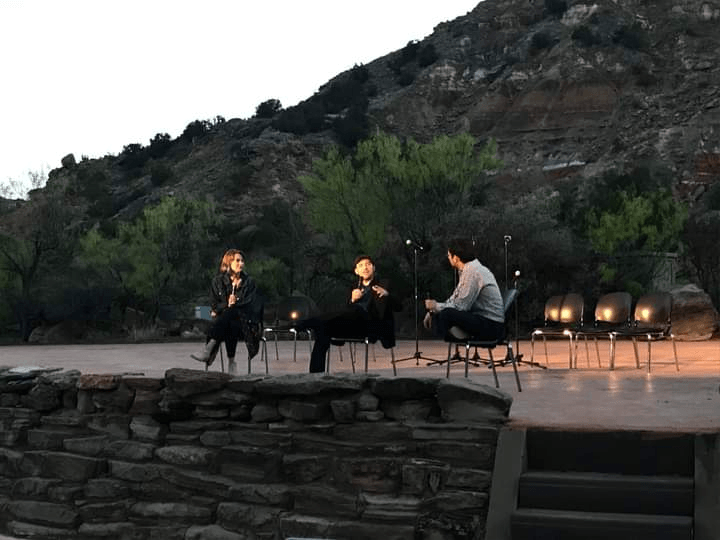
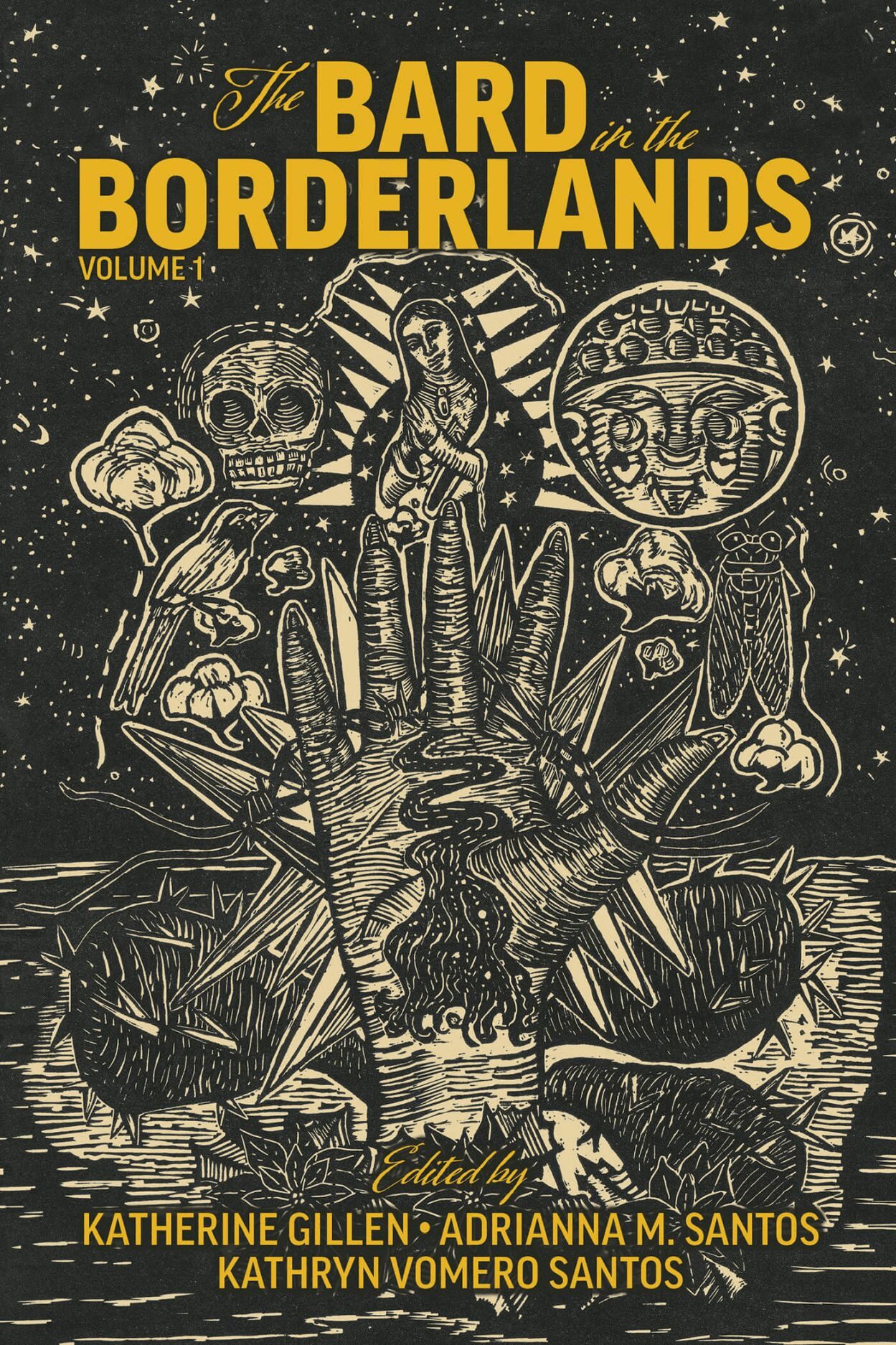
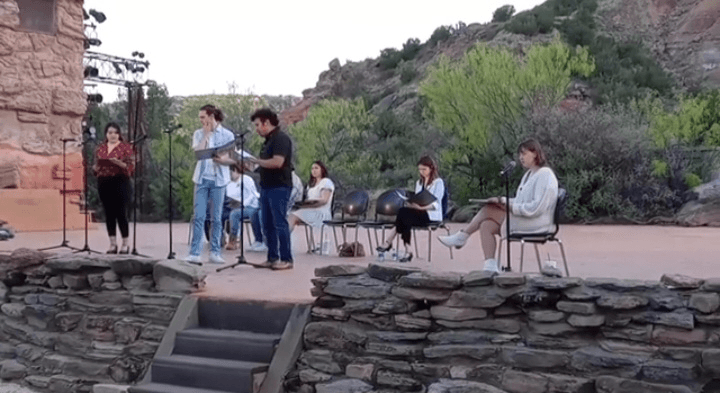
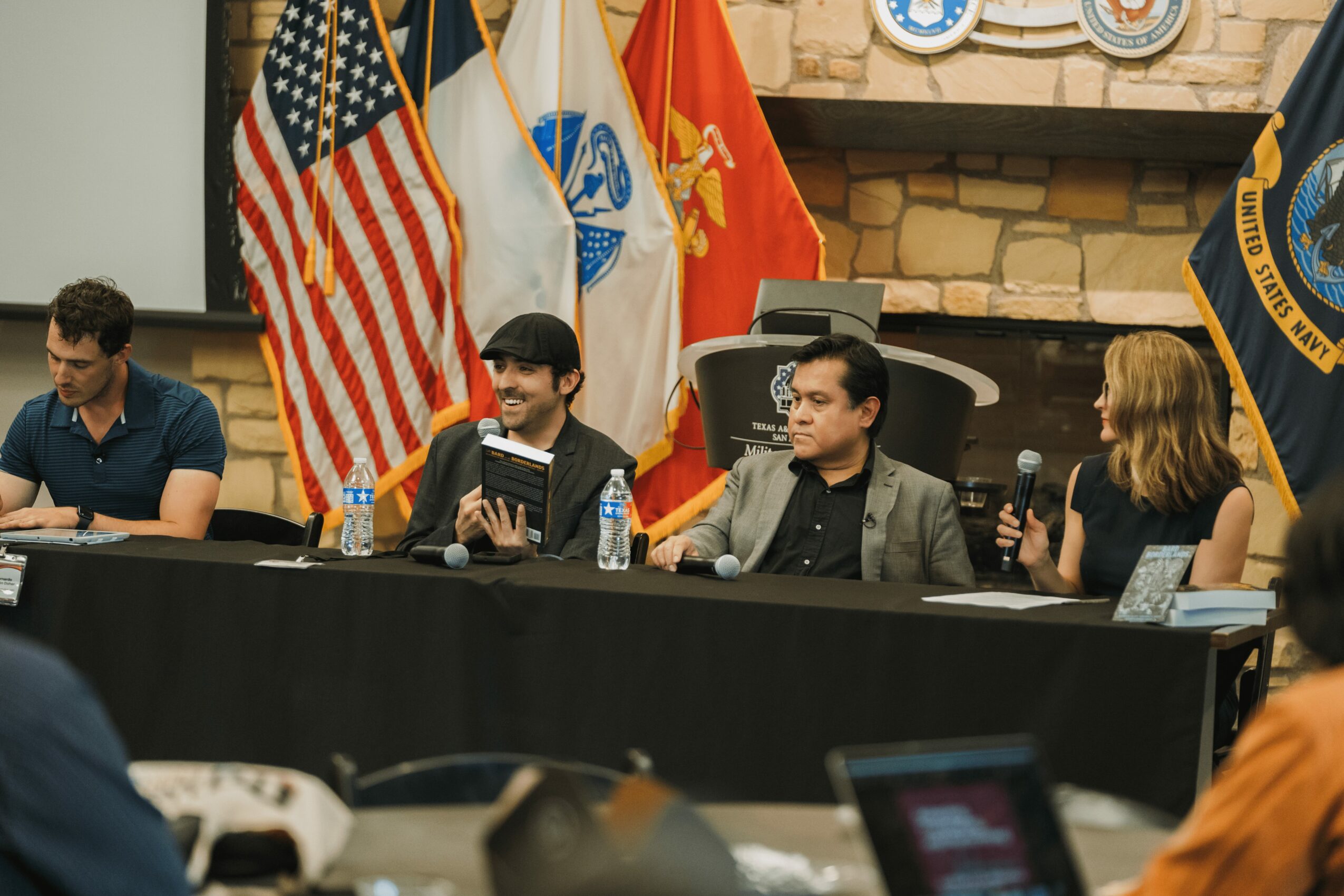
Image Credits
Personal Image: Adapting, Translating, and Performing Shakespeare in the U.S. – Mexico Borderlands’ conference at Texas A&M University – San Antonio and Trinity University. – Photo by Jay Visuals Reading of The Tragic Corrido of Romeo and Lupe at Palo Duro Canyon by students from West Texas A&M University. The Bard in The Borderlands front cover; ‘Healing Borderland Hand’ by Celeste de Luna. Adapting, Translating, and Performing Shakespeare in the U.S. – Mexico Borderlands’ conference at Texas A&M University – San Antonio and Trinity University. – Photo by Jay Visuals











